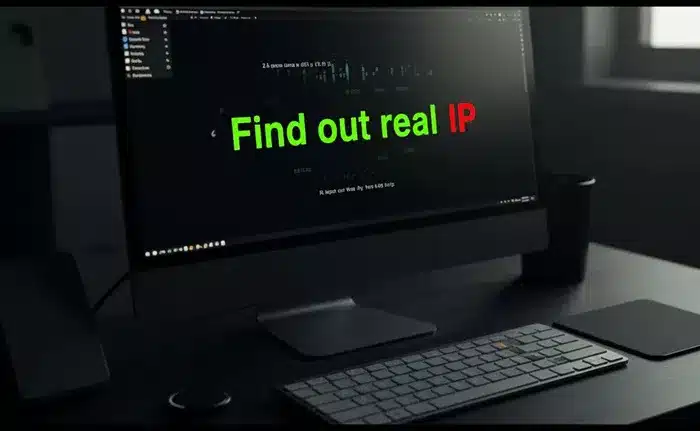Proxy servers are widely used to mask real IP addresses for privacy, security, and access control. However, there are legitimate scenarios where uncovering the real IP address behind a proxy is necessary, such as security audits, network troubleshooting, or forensic investigations. This article provides a detailed, expert-level guide on methods and techniques to identify the true IP address concealed behind a proxy server.
Understanding Proxy Servers and IP Masking
What Is a Proxy Server?
A proxy server acts as an intermediary between a client and the internet. When a user sends a request, the proxy forwards it on their behalf, replacing the user’s IP address with its own. This process hides the client’s real IP from the destination server, providing anonymity and security.
Why Are Proxies Used?
Proxies serve multiple purposes including:
- Enhancing privacy by hiding user IP addresses.
- Bypassing geographic restrictions or censorship.
- Balancing loads across servers to improve performance.
- Protecting servers from direct attacks by masking their IP.
Challenges in Finding Real IPs Behind Proxies
Because proxies intentionally obscure the original IP, discovering the real IP behind them is complex. Many proxies do not forward identifying information, and some use encryption or VPN tunneling to further conceal the source. Despite this, several technical approaches can be used to attempt to reveal the real IP.
Technical Methods to Discover the Real IP Address
1. Analyzing HTTP Headers
Some proxies add HTTP headers that include the original client IP, such as X-Forwarded-For or Via. By inspecting these headers in web server logs or via browser developer tools, it is sometimes possible to extract the real IP address.
However, this depends on the proxy configuration; many proxies strip or falsify these headers to maintain anonymity.
2. Using Packet Sniffers and Network Traffic Analysis
Packet sniffers capture network traffic and can analyze packets passing through a network. In some cases, traffic leaks or misconfigured proxies may expose the real IP within packet metadata or during connection handshakes.
This method requires access to the network path and technical expertise in traffic analysis.
3. DNS and Subdomain Tracking Techniques
If you control a domain, you can embed unique subdomains or resources in web content. When a user accesses these, DNS queries reveal the IP address making the request. This can bypass proxy masking if the proxy does not anonymize DNS requests or if the client’s system leaks DNS queries.
4. Traceroute and Network Path Analysis
Traceroute tools map the path packets take to reach a server. Sometimes, intermediate hops or the final hop reveal the real IP address or clues about the network topology that can be used to infer the real IP behind a proxy.
5. Reverse IP Lookup and Historical Data
Reverse IP lookup tools can show domains hosted on the same IP address. Historical DNS records or past data before proxy deployment can sometimes reveal the original IP.
Checking MX records or other DNS entries related to the domain may also provide hints.
6. Exploiting Proxy Misconfigurations
Some proxies are improperly configured and may leak the real IP address through errors, open ports, or response headers. Security testing tools can identify such leaks.
Practical Steps to Detect Proxy IP Addresses
Checking Proxy Settings on Operating Systems
On Windows, proxy details can be found in the Network & Internet settings under Proxy. Mac users can check System Preferences → Network → Advanced → Proxies to see configured proxy addresses.
Using Online Proxy Detection Tools
Websites like WhatIsMyIP, Hidemy.name, or specialized proxy detection services can reveal if a proxy is in use and sometimes provide the proxy IP address. Cross-checking multiple services improves accuracy.
Ethical and Legal Considerations
Attempting to uncover real IP addresses behind proxies should always be done ethically and legally. Unauthorized tracking or intrusion violates privacy laws and can have serious legal consequences. Use these techniques only for legitimate purposes such as security assessments, network administration, or with explicit consent.
Conclusion
Finding the real IP address behind a proxy server is a challenging task that requires a combination of technical knowledge, tools, and sometimes access to network infrastructure. By analyzing HTTP headers, monitoring DNS queries, performing traceroutes, and leveraging network analysis, it is possible in some cases to reveal the true IP address. However, proxies designed for anonymity can effectively prevent detection, underscoring the importance of ethical use and respect for privacy.


